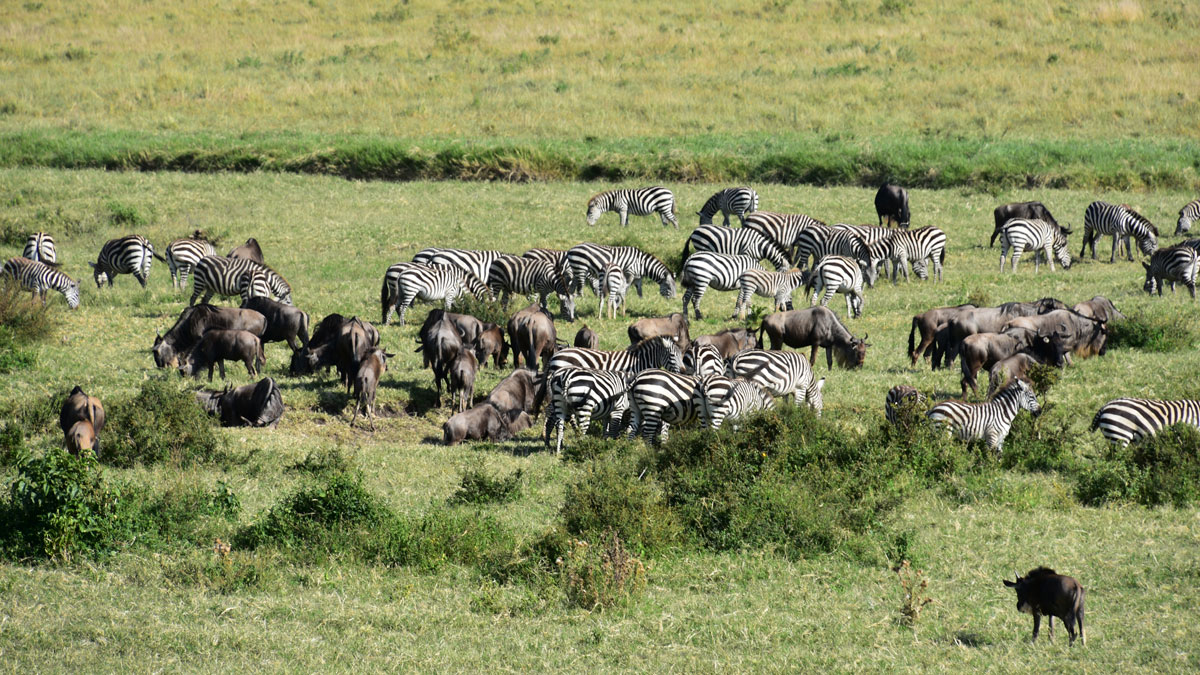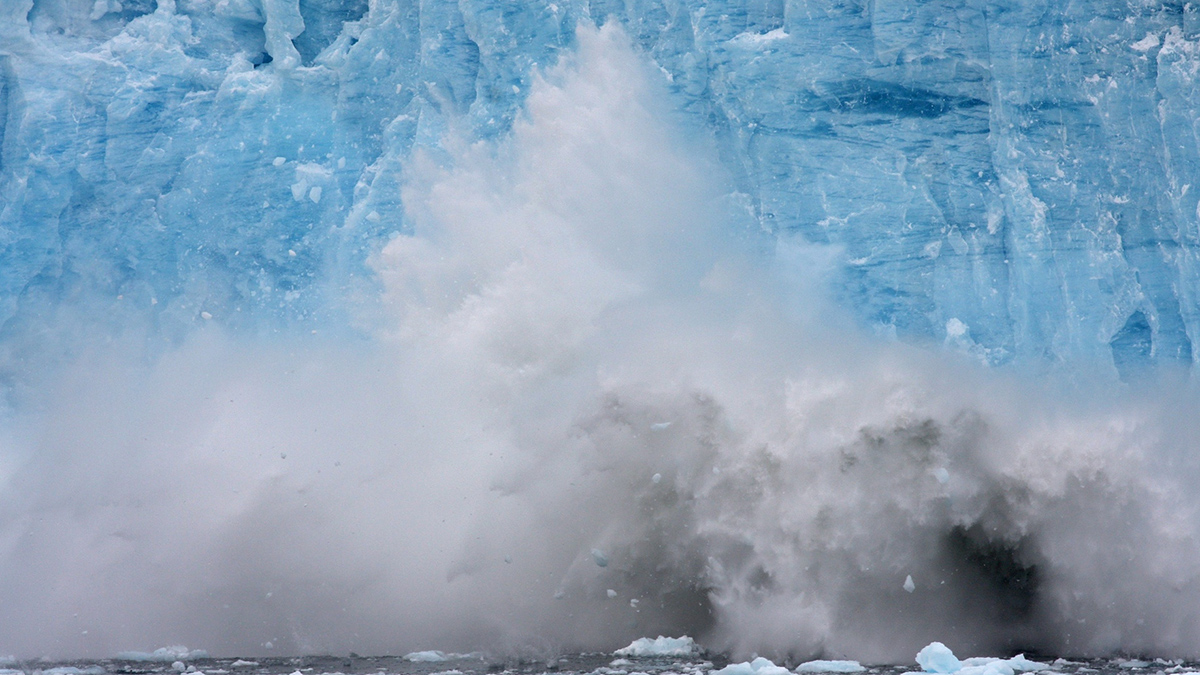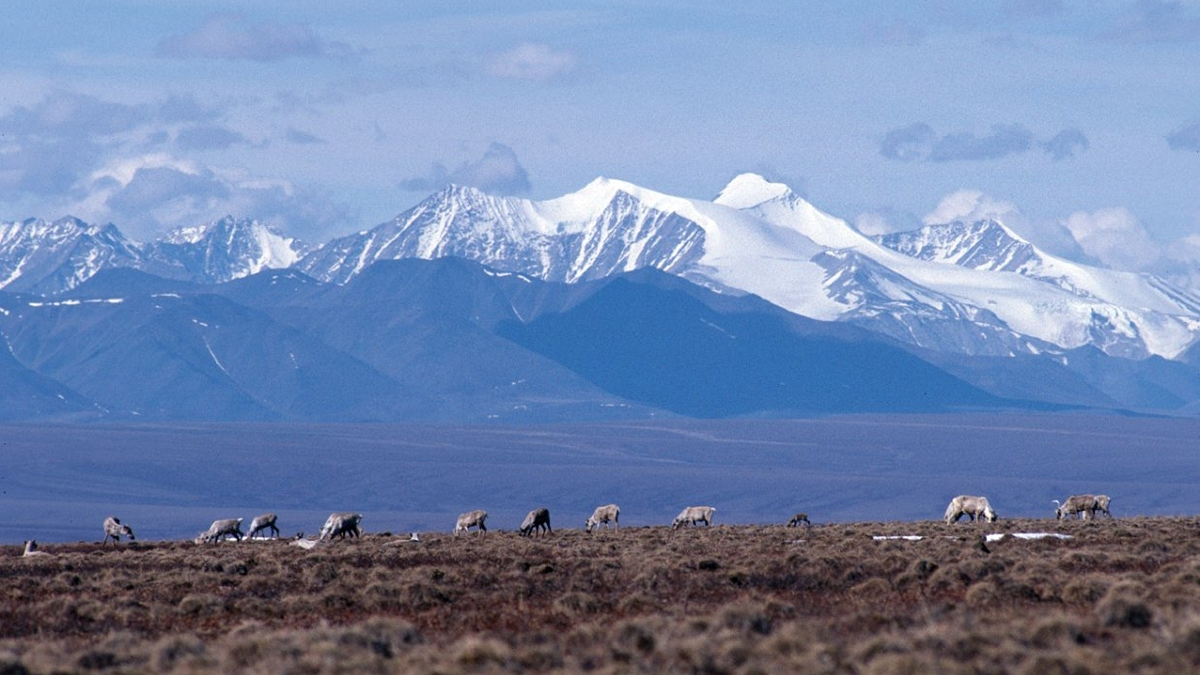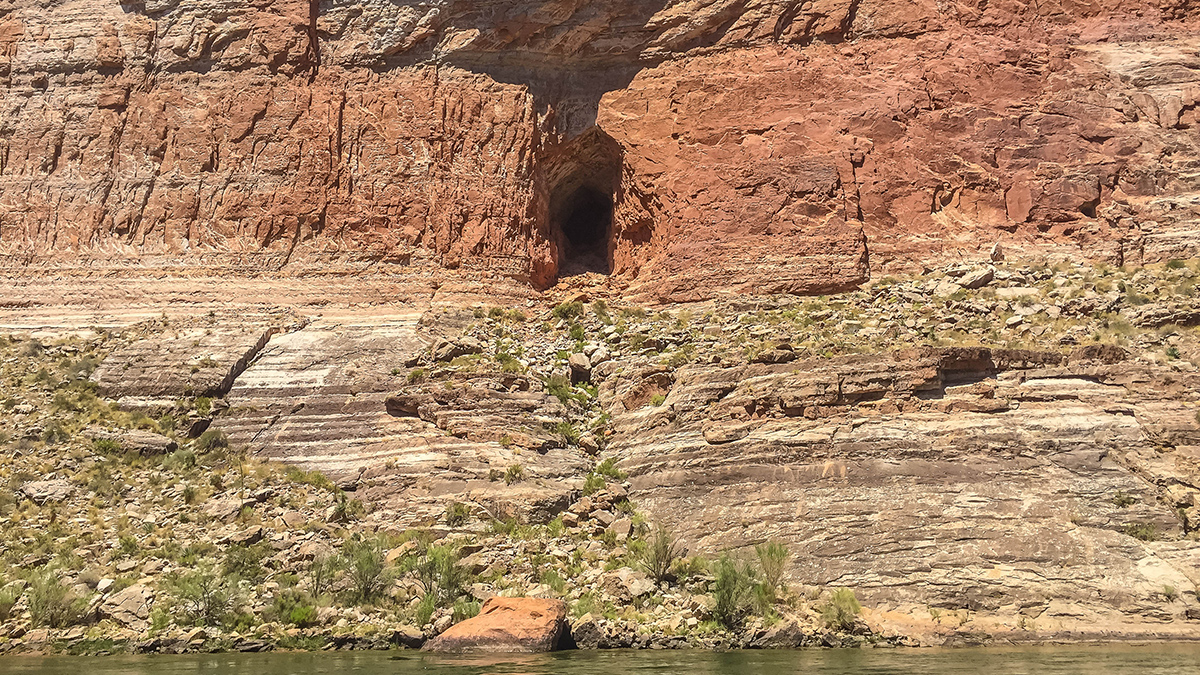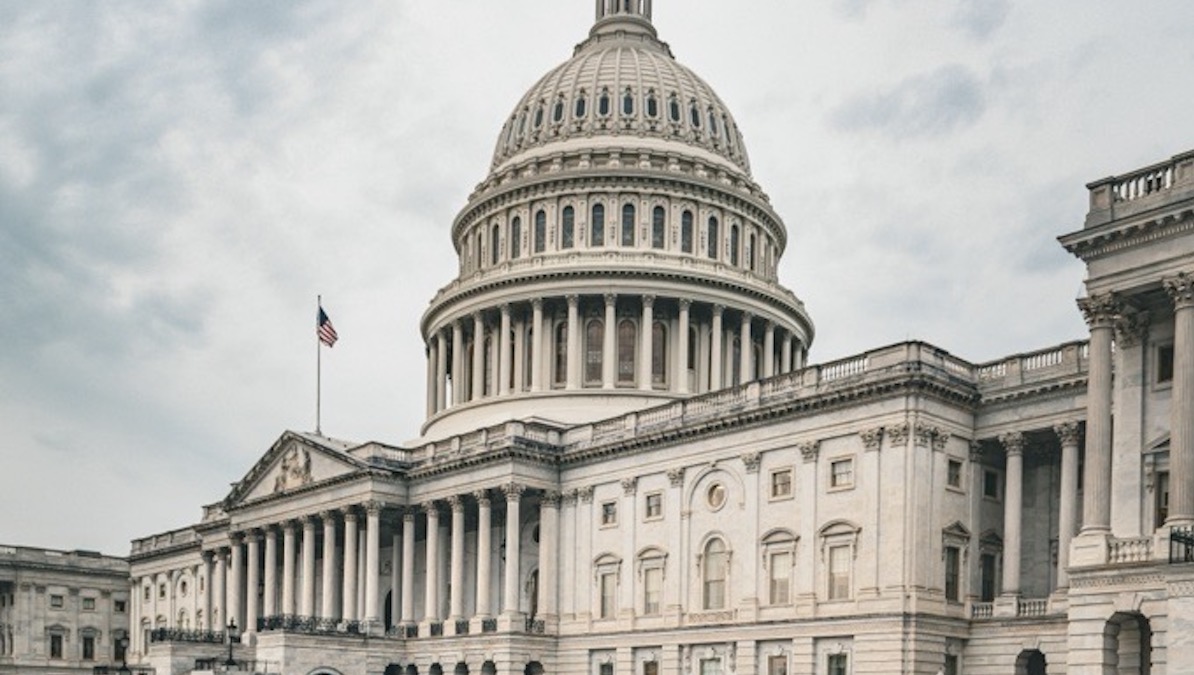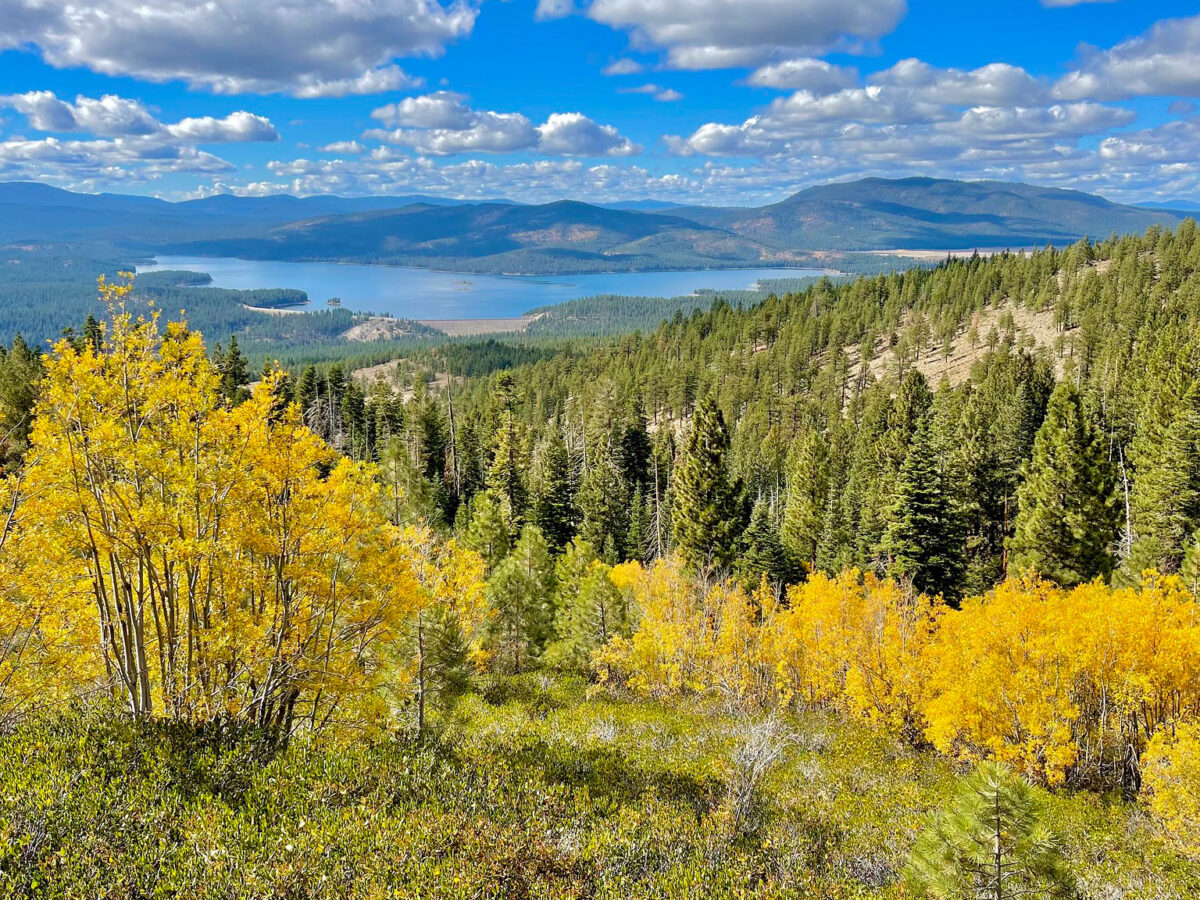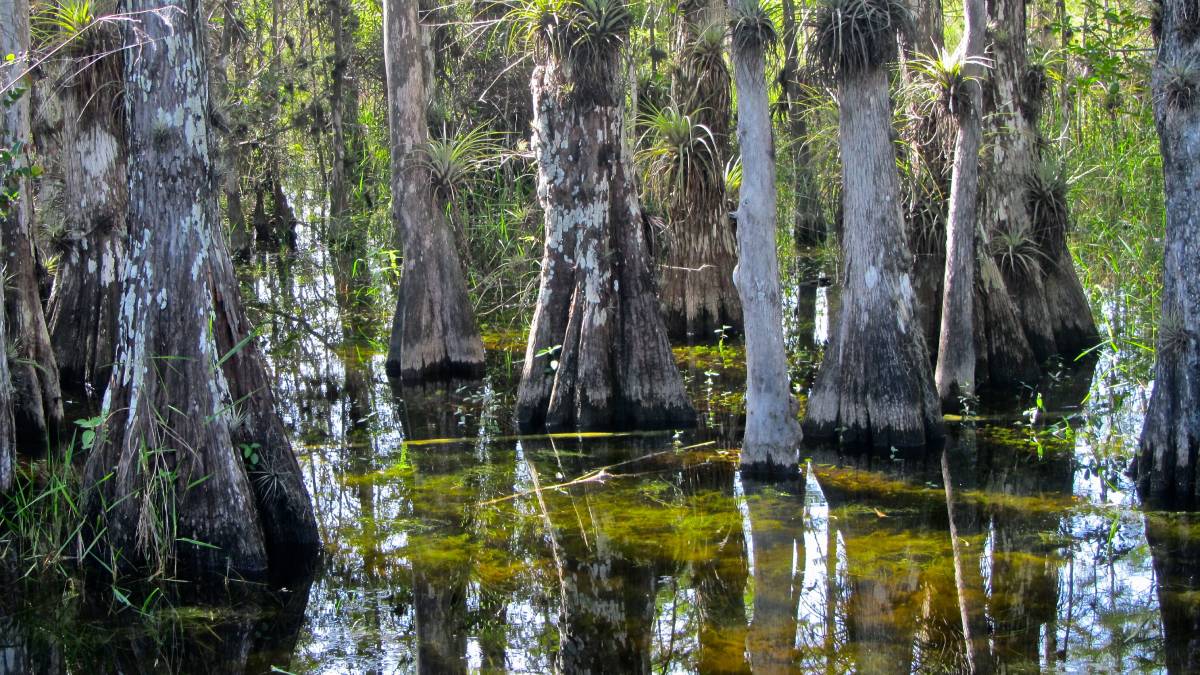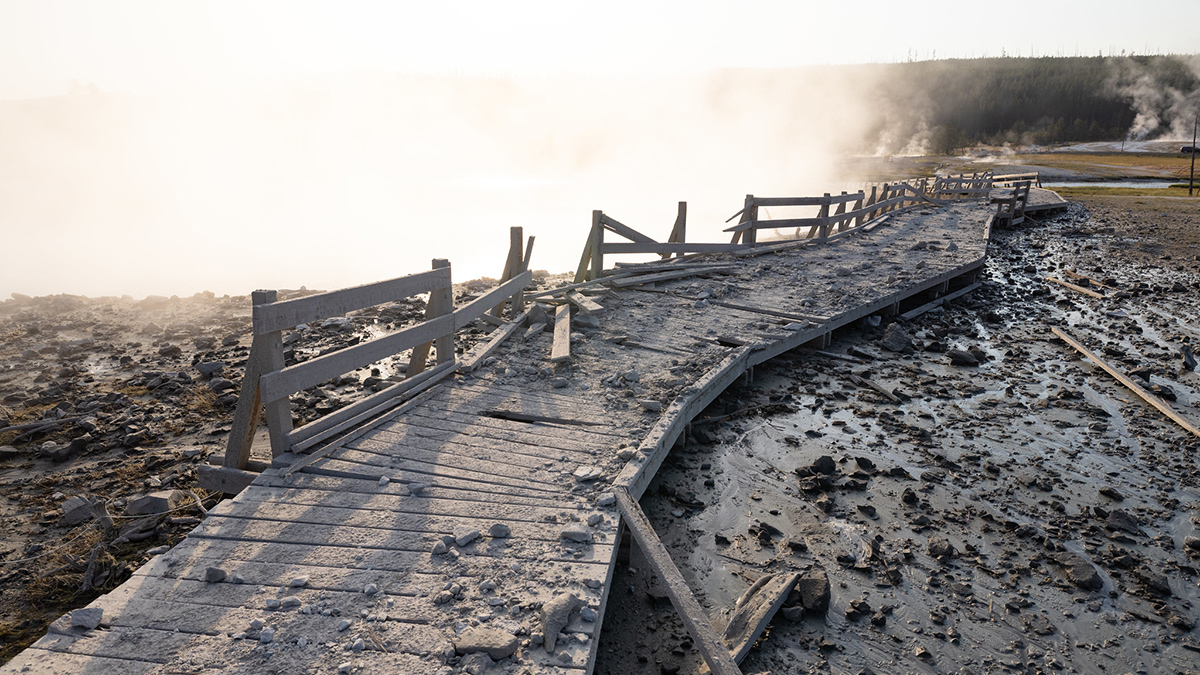Increasing amounts of rain fuel grass growth across the ecosystem and, consequently, the cycles of wildfire and animal migration.
national parks
Glacier Runoff Becomes Less Nutritious as Glaciers Retreat
Sediment from retreating, land-terminating glaciers contains proportionally fewer micronutrients such as iron and manganese, reducing the glaciers’ value to microorganisms at the base of the food web.
Judge Stops Shutdown-Related RIFs Indefinitely
A judge has announced she would rule that the government cannot issue further reduction-in-force (RIF) notices to federal employees because of the government shutdown, nor implement RIFs that had already been issued during the shutdown.
1.5 Million Acres of Alaskan Wildlife Refuge to Open for Drilling
A large swath of the Arctic National Wildlife Refuge (ANWR) will soon open for drilling, the Trump administration announced today.
An Asteroid Impact May Have Led to Flooding near the Grand Canyon
There’s remarkable synchronicity between the timing of a paleolake in what is today Grand Canyon National Park and the formation of nearby Barringer Meteorite Crater.
Science Agencies Shuttered in Government Shutdown
At 12:01 a.m. this morning, the U.S. federal government shut down. This shutdown comes after weeks of negotiations and pressure tactics failed to bring Congressional Republicans and Democrats together on a budget for the 2026 fiscal year or a continuing resolution to fund the government for a few more weeks.
USDA Moves to Rescind Roadless Rule Protecting 45 Million Acres of Wild Area
The U.S. Department of Agriculture (USDA) is proposing rescinding the 2001 Roadless Area Conservation Rule, which protects about 45 million acres (182,000 square kilometers) of National Forest System lands from road construction, reconstruction, and timber harvests.
Environmental Groups Sue to Block Everglades Detention Facility
The groups assert that the facility will undermine decades’ of work and billions of dollars spent restoring and protecting the Everglades’ delicate ecosystem.
Hydrothermal Hazards on Display in Yellowstone National Park
Tourists and officials were startled by a hydrothermal explosion at Black Diamond Pool in July 2024. Geoscientists are working out how and why it occurred to better understand these hazardous events.
New U.S. Budget Proposal Slashes Billions in Funds for Science
President Trump’s proposed 2026 budget, released today, slashes non-defense discretionary spending by $163 billion, a 22.6% reduction from 2025.

